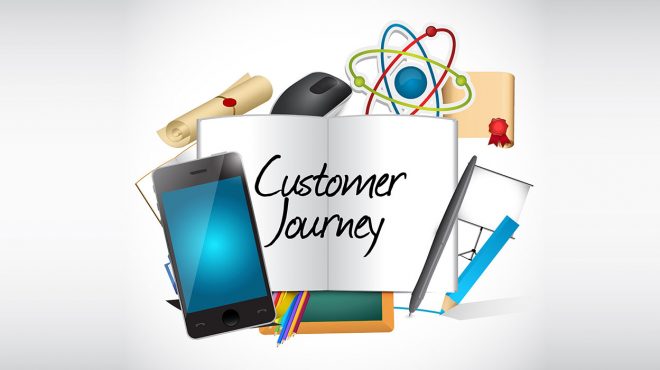Apr 20, 2016
‘Science the way’ to increased sales

Advertising | B2B | Data Science | SFBJ
Reprinted from South Florida Business Journal.
In the movie “The Martian,” Matt Damon’s character, astronaut Mark Watney, is mistakenly left for dead by his fellow astronauts on Mars. When he awakens alone on the red planet, he makes a conscious decision “not to die.” Instead, he says (to himself) that, in the face of overwhelming odds, “I am going to have to science the [expletive] out of it.”
Leaders of companies today sometimes find themselves in a seemingly overwhelming position. Disruptive competitors are coming to the forefront; tried-and-true methods of reaching customers and prospects change rapidly; deciding what to do with all the data available today is daunting. Yet Watney may have the answer to escape doom: “Science the way out of it.”
Only a decade ago, few companies had the data to determine the best way to reach their customers. Expansive customer insight initiatives funded by traditional media channels “claimed” to reach a certain number of qualified prospects a certain number of times (frequency), depending on a preset media budget. For business marketers, general statistics historically showed that the right message displayed three to five times to a qualified prospect would deliver a qualified lead in most media outlets.
Formula: Analyze, define, repeat, optimize
The selling precepts of reach and frequency are still in play today, but how to reach customers with successful message frequency via optimal touchpoints is drastically different. The answer: Marketers must sift through massive amounts of data served up through platforms like Google, Adobe Analytics or a variety of CRMs to help company leaders science their way to increased sales by analyzing, defining and repeating the successful customer journey.
What is all of that data telling marketers about the prospective customer journey? That it is a long road to conversion. B2B buyers are now averaging 10 or more touchpoints on the path to purchase. With precise tracking and sophisticated measurement platforms, marketers can determine the depth of prospect engagement as they travel through multiple channels.
This is called channel attribution analysis, and it can reveal how a valuable prospect came to make a purchase via the combination of TV, display, search, email, direct mail, social, etc.
The result? Marketers have the ability to continuously identify what works, and refine strategy and channel investment.
Opportunity: Take advantage of mobile micro-moments
But channel attribution is not the only measurement to inform where the prospects can be reached. Mobile viewing and purchasing via handheld devices continue to increase at lightning speed, and have now outpaced desktop selling opportunities. Recently, Google introduced the concept of mobile “micro-moments.” By understanding micro-moments, marketers can better structure and execute mobile campaigns.
Four key micro-moments, as identified by Google, are when audience prospects look at their mobile devices and say to themselves: “I want to know,” “I want to go,” I want to do” and, most importantly, “I want to buy.”
Advantage: Match relevant creative to the moment
It’s worth the time to study insights on micro-moments, which Google currently displays online. It’s worth investing in specific relative creative that enhances each of these mobile micro-moments to improve conversion data.
Although mobile use has surpassed desktop use, mobile ad spend has not.And, most likely, according to multiple sources, it will not surpass desktop digital ad spend for at least one to three years. This offers a window of opportunity, a competitive advantage for marketers who smartly focus more money on mobile in the next couple of years.
Advice: Take a couple of hours to watch “The Martian” and find the motivation to “science the way” to more sales for your organization in 2016.
